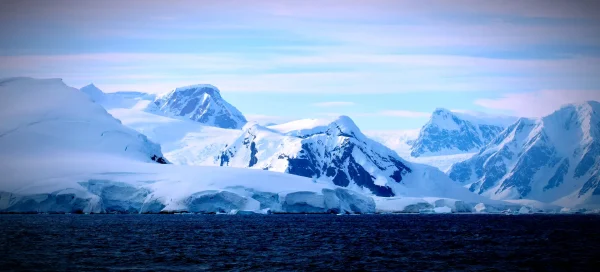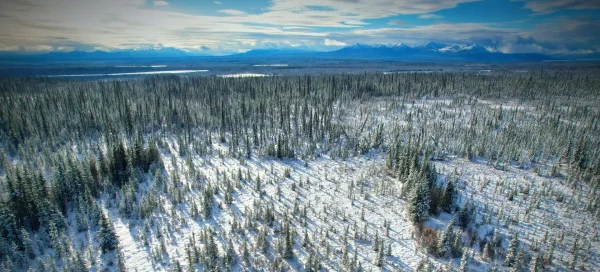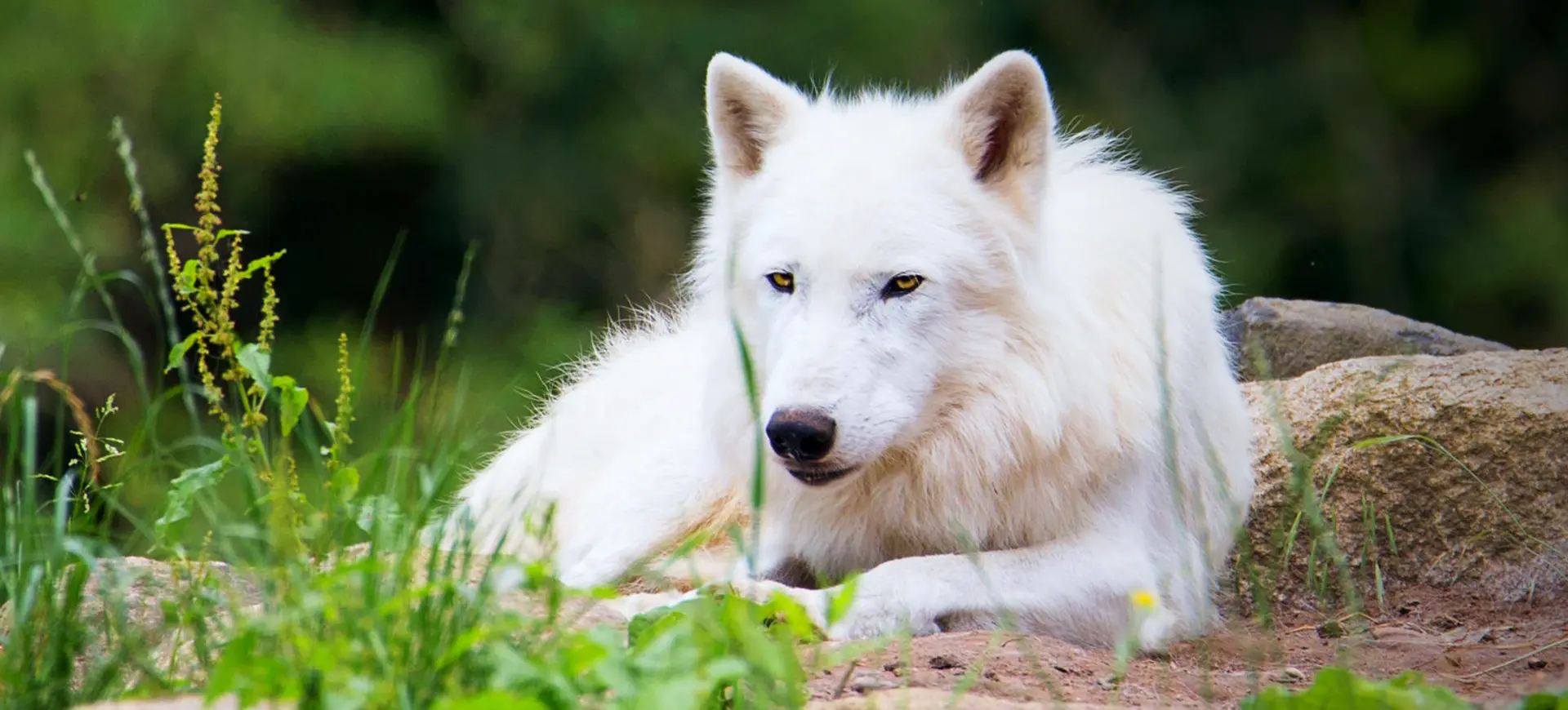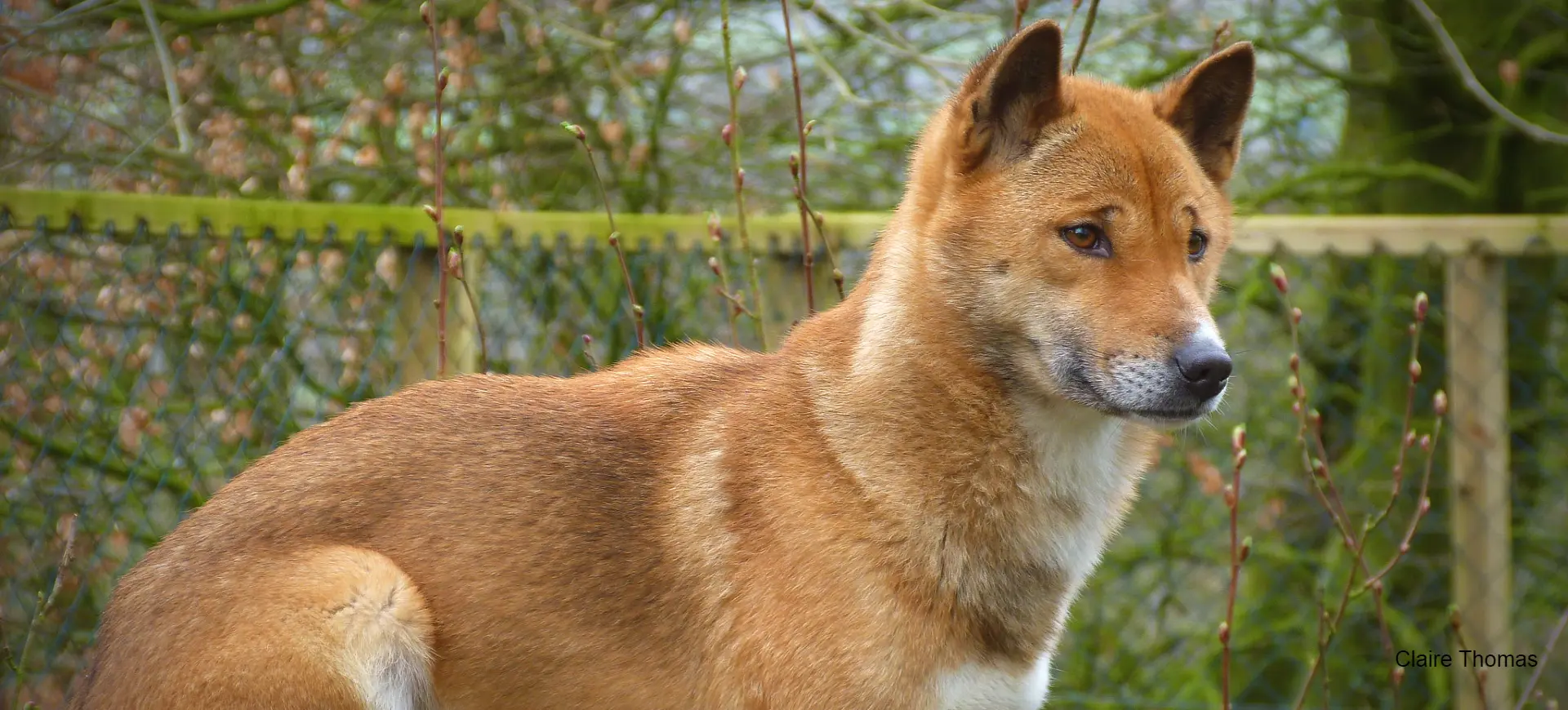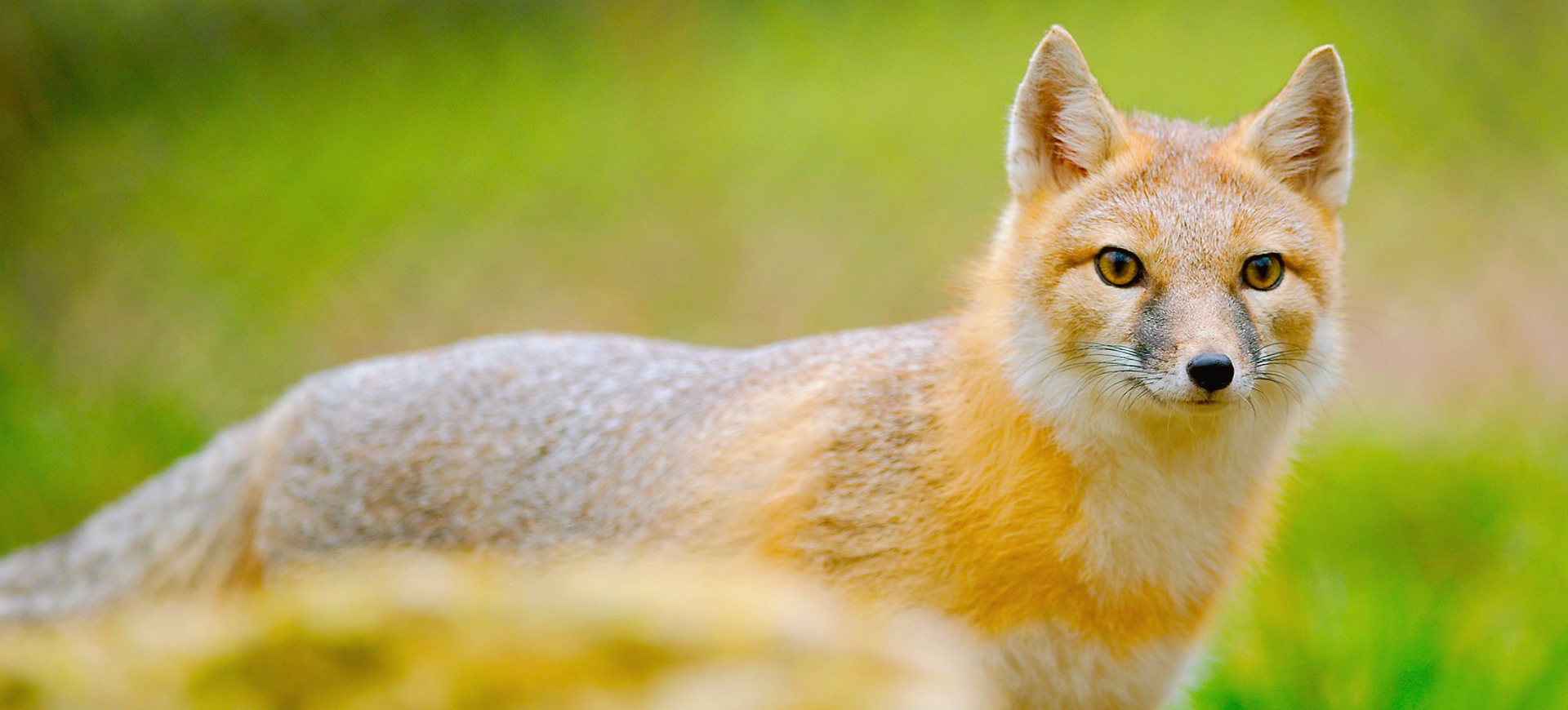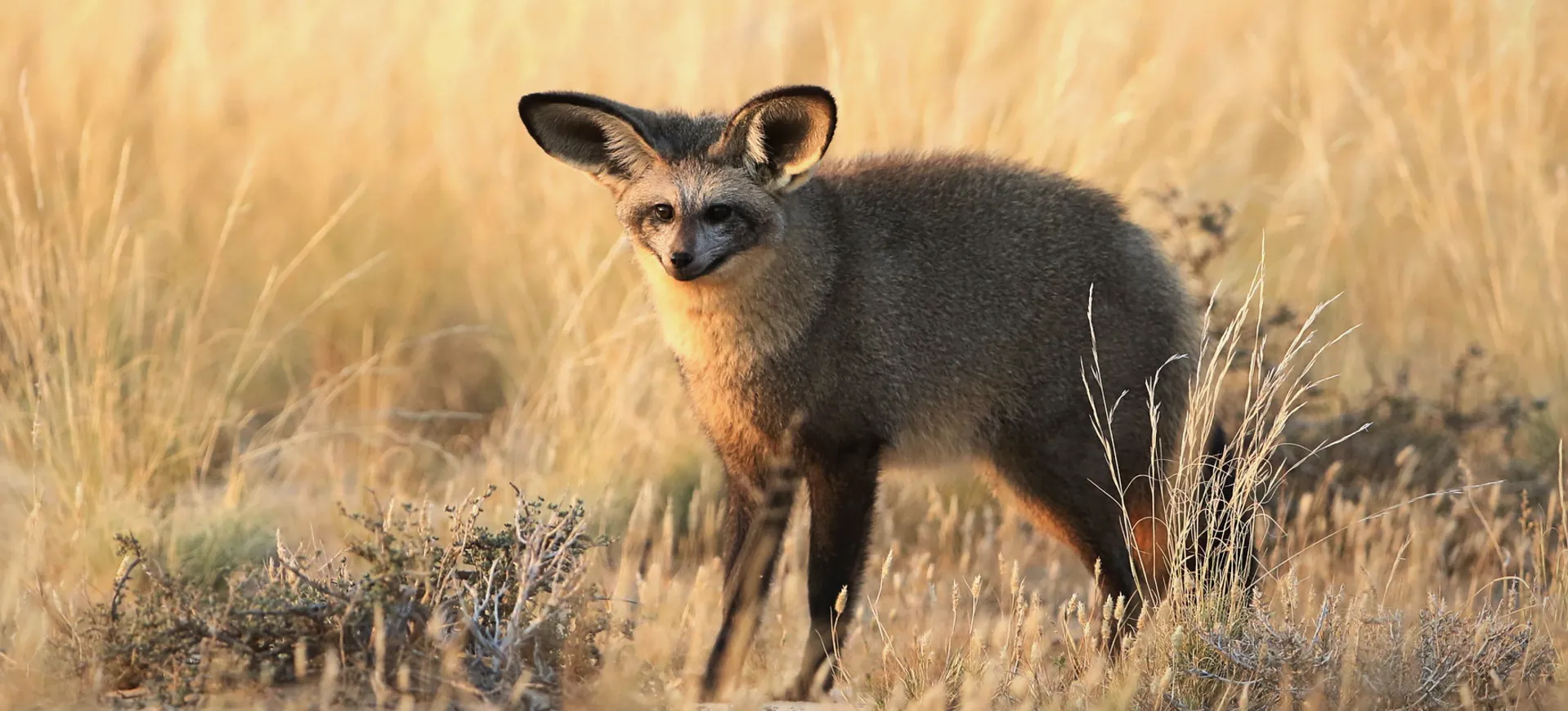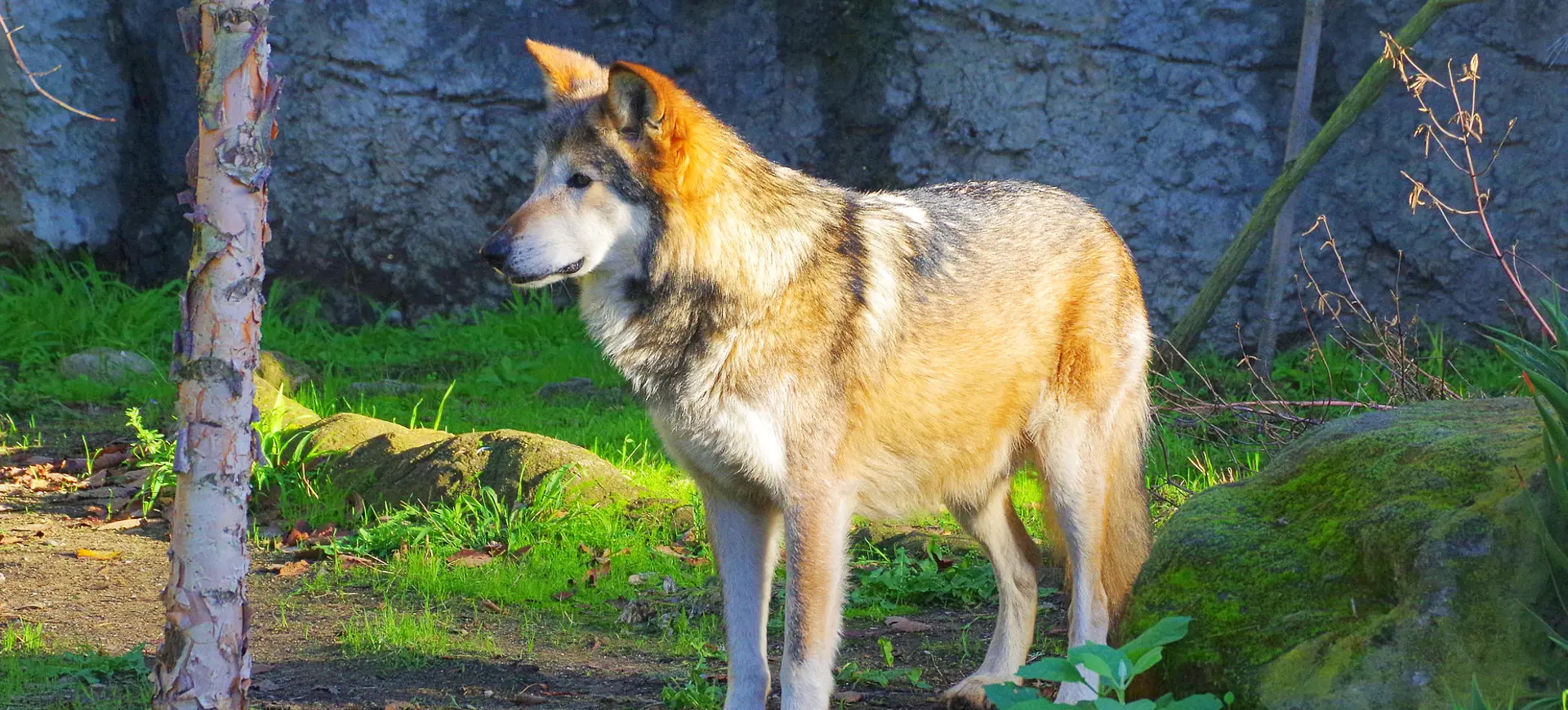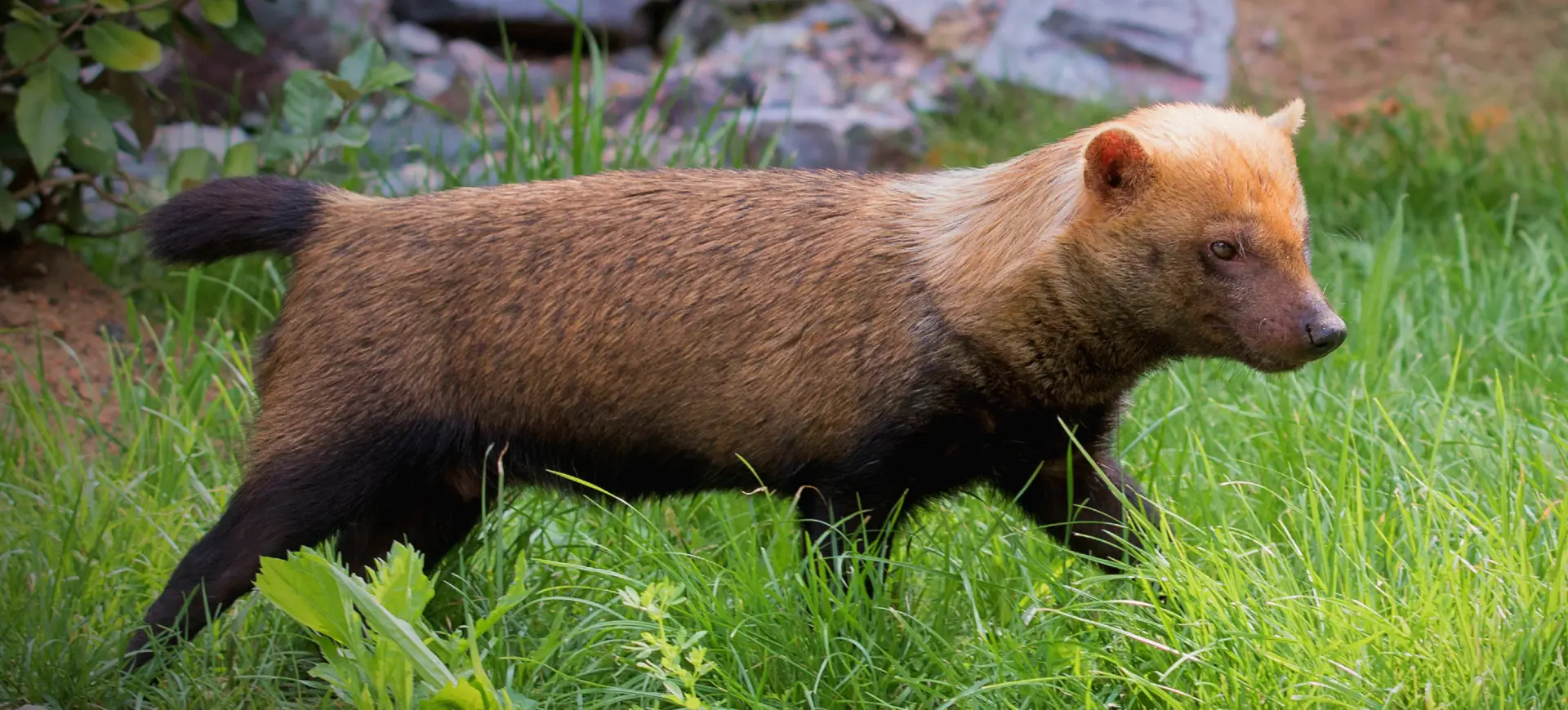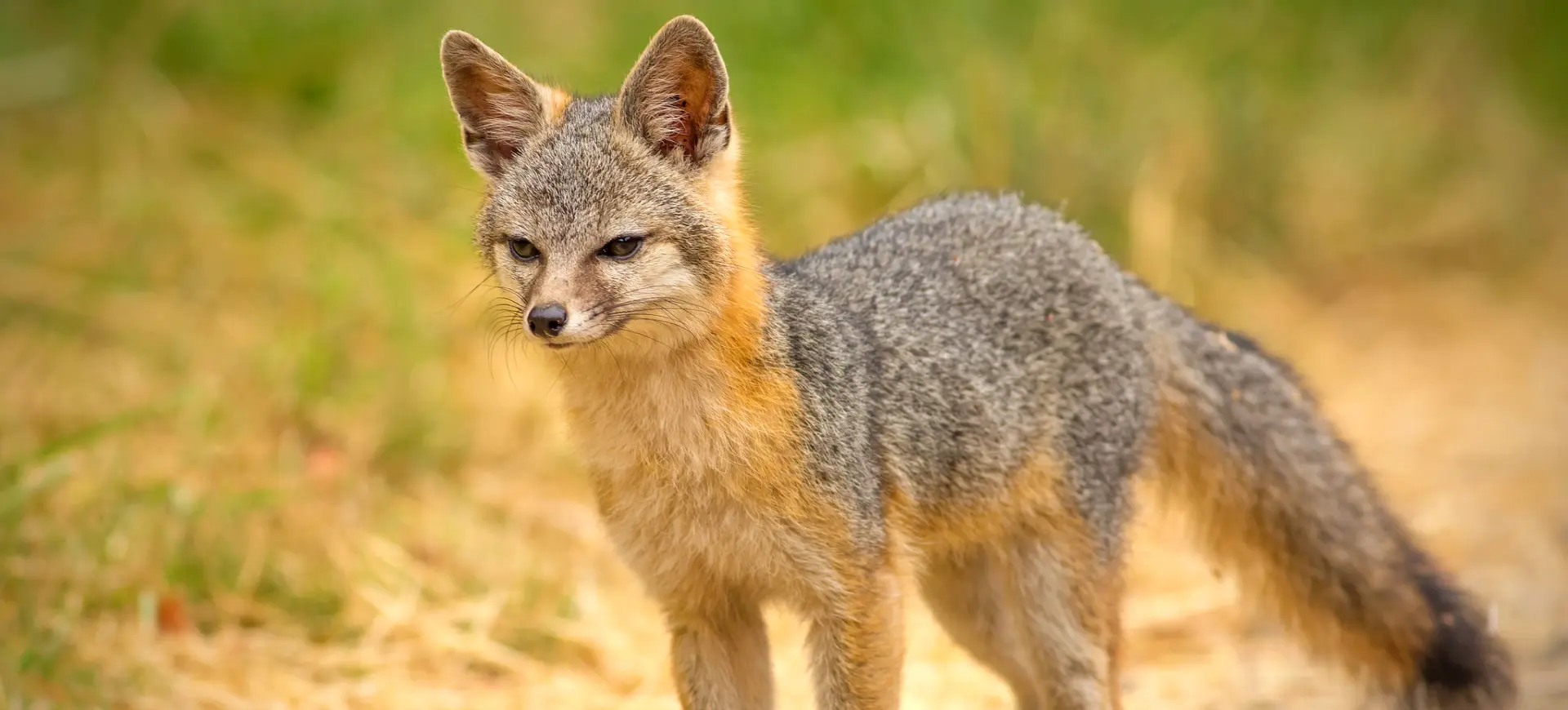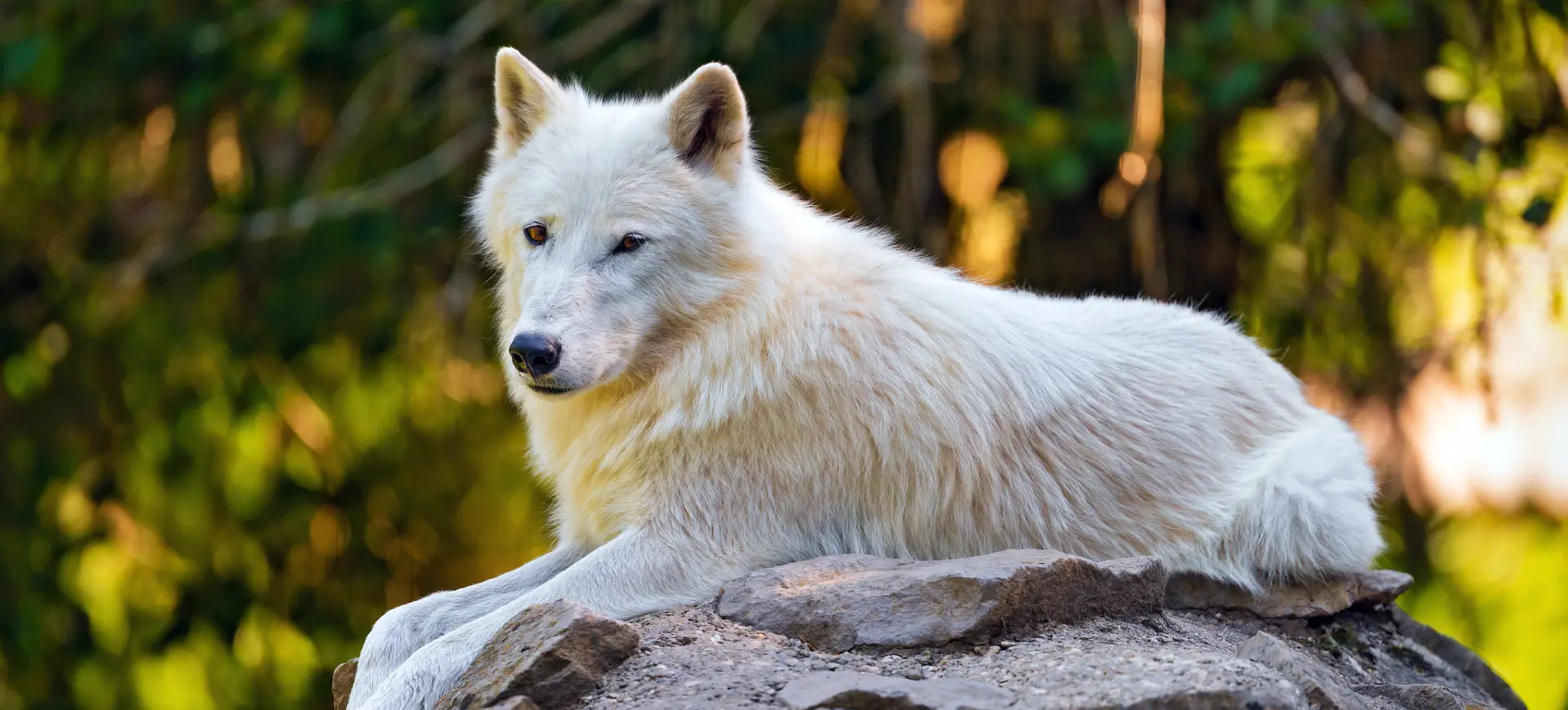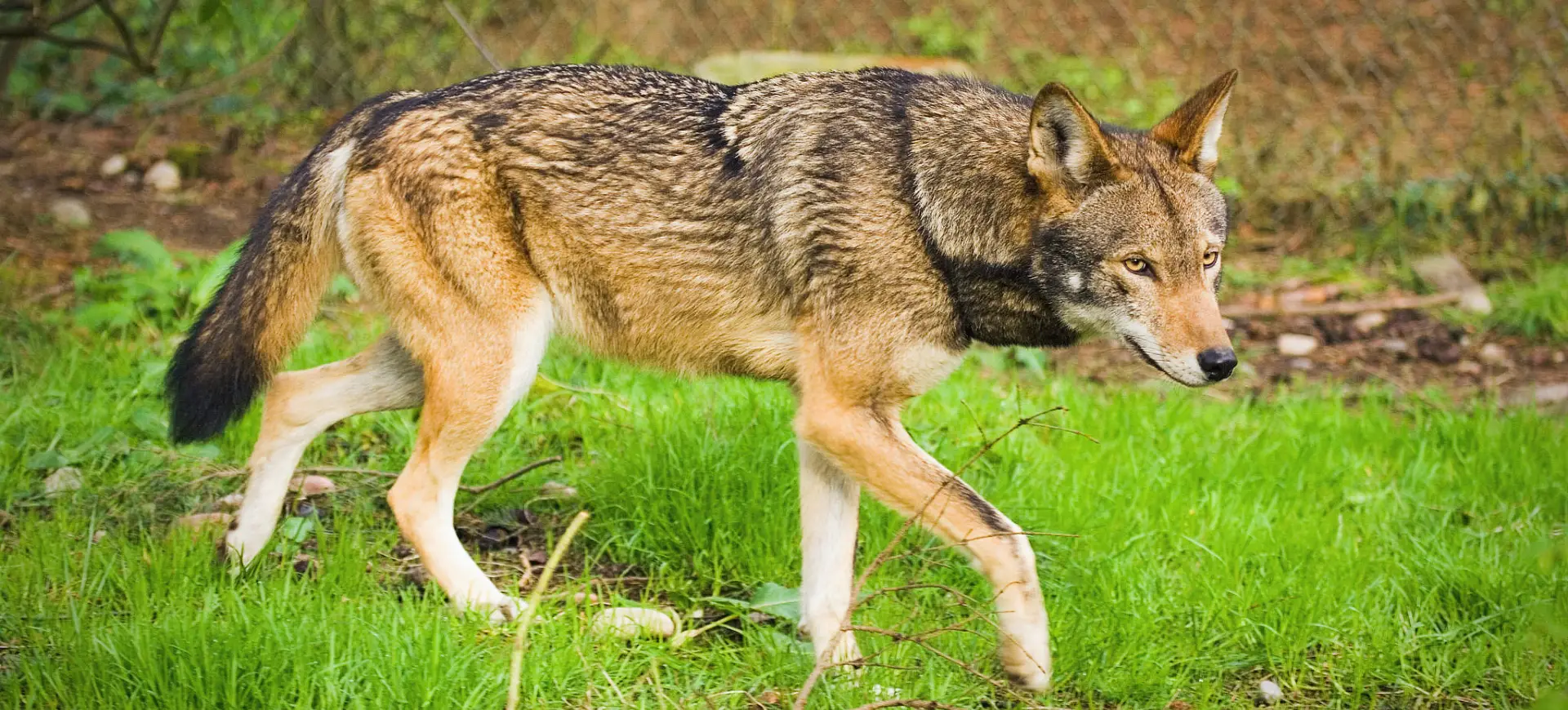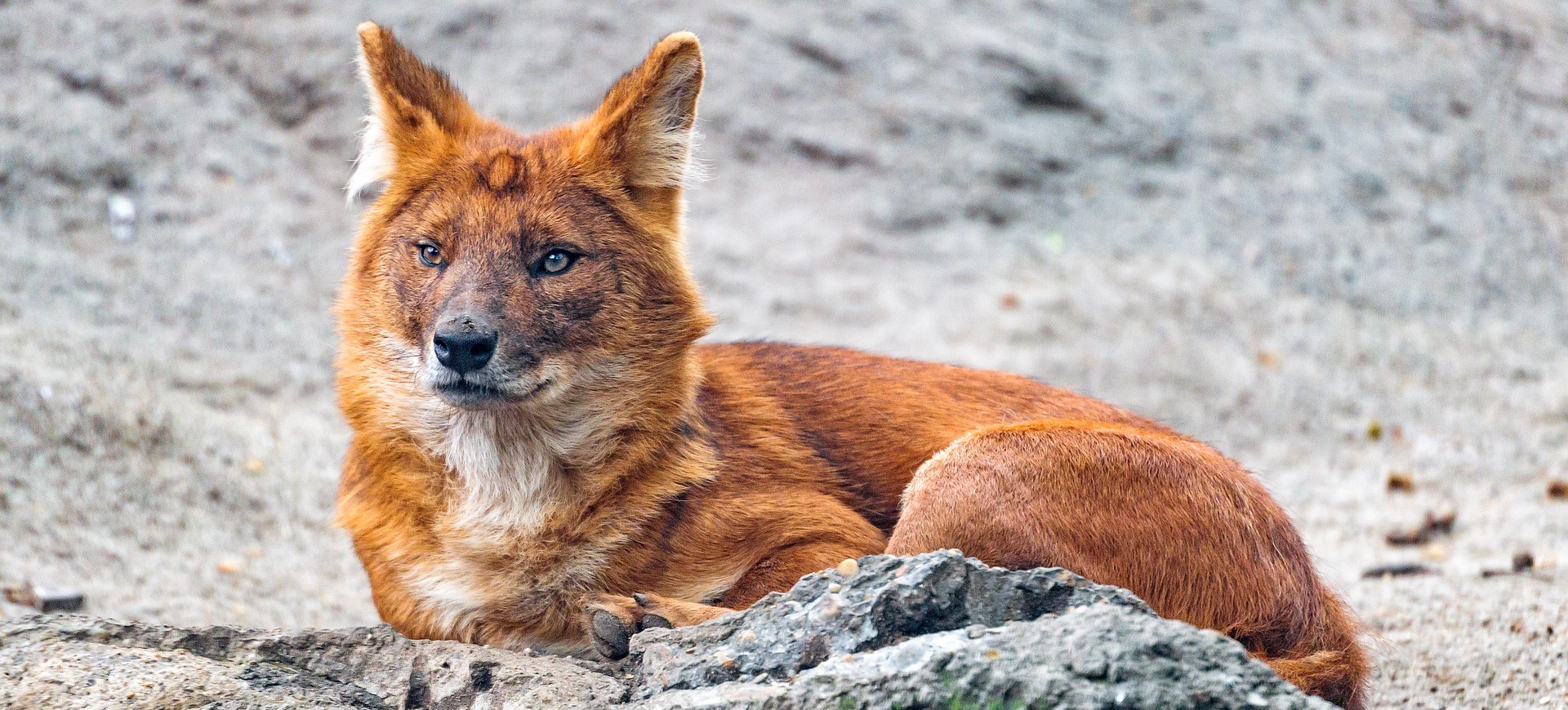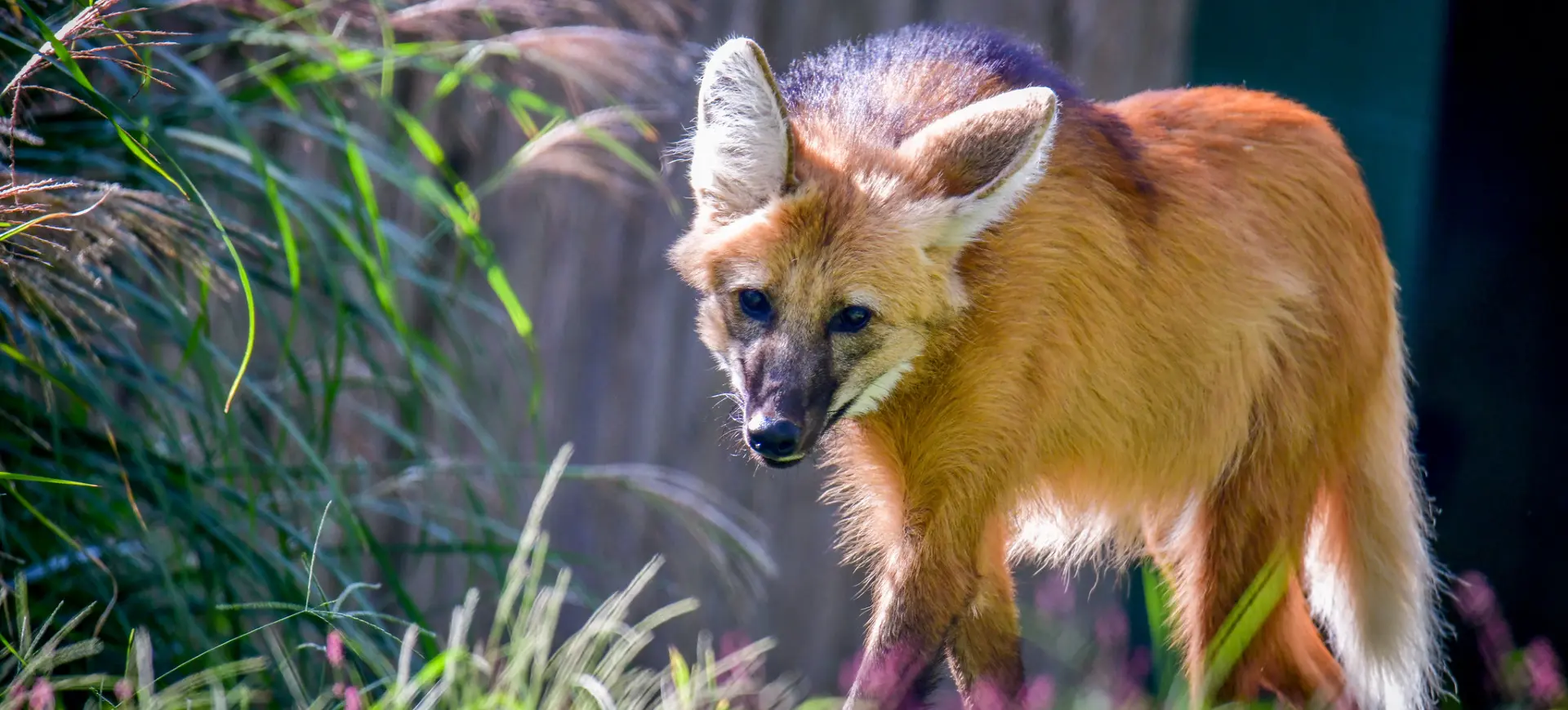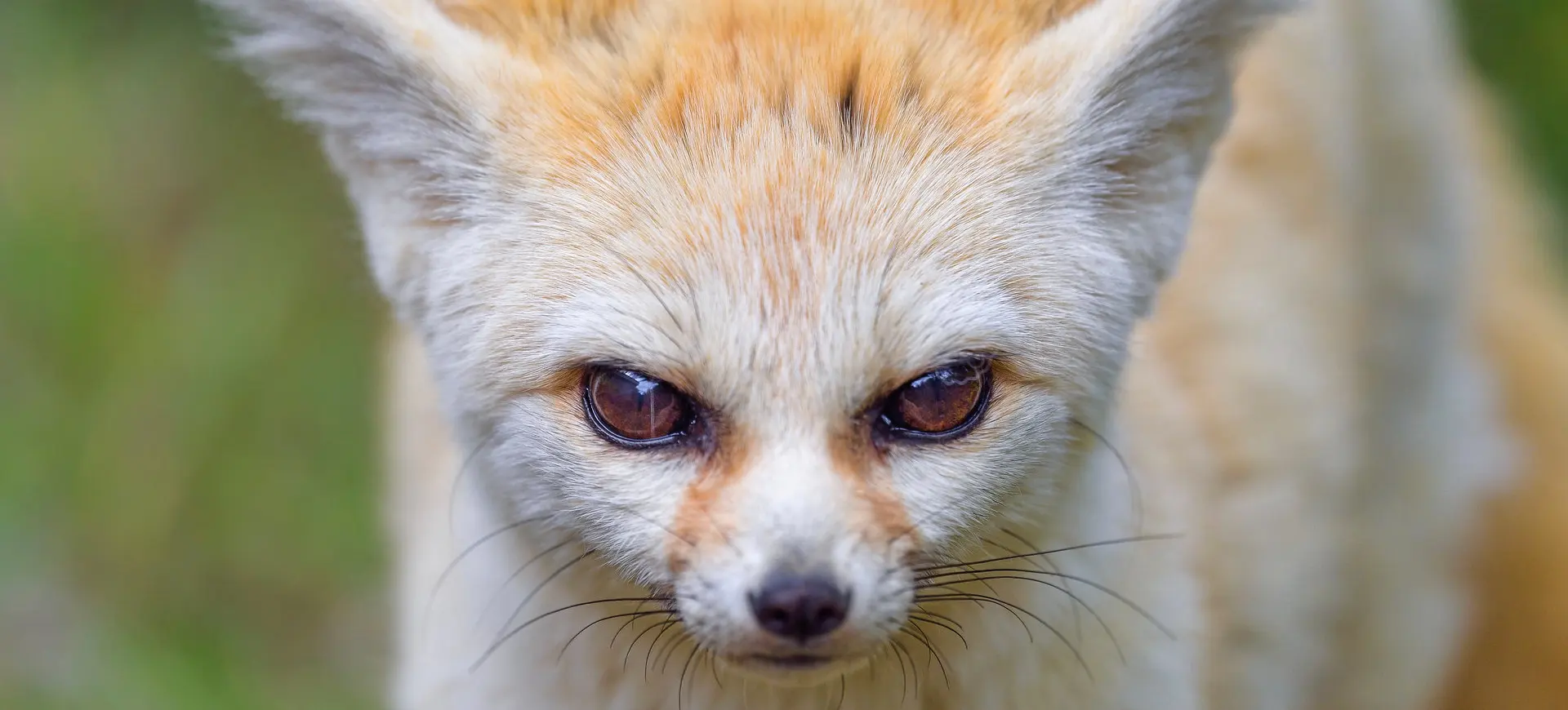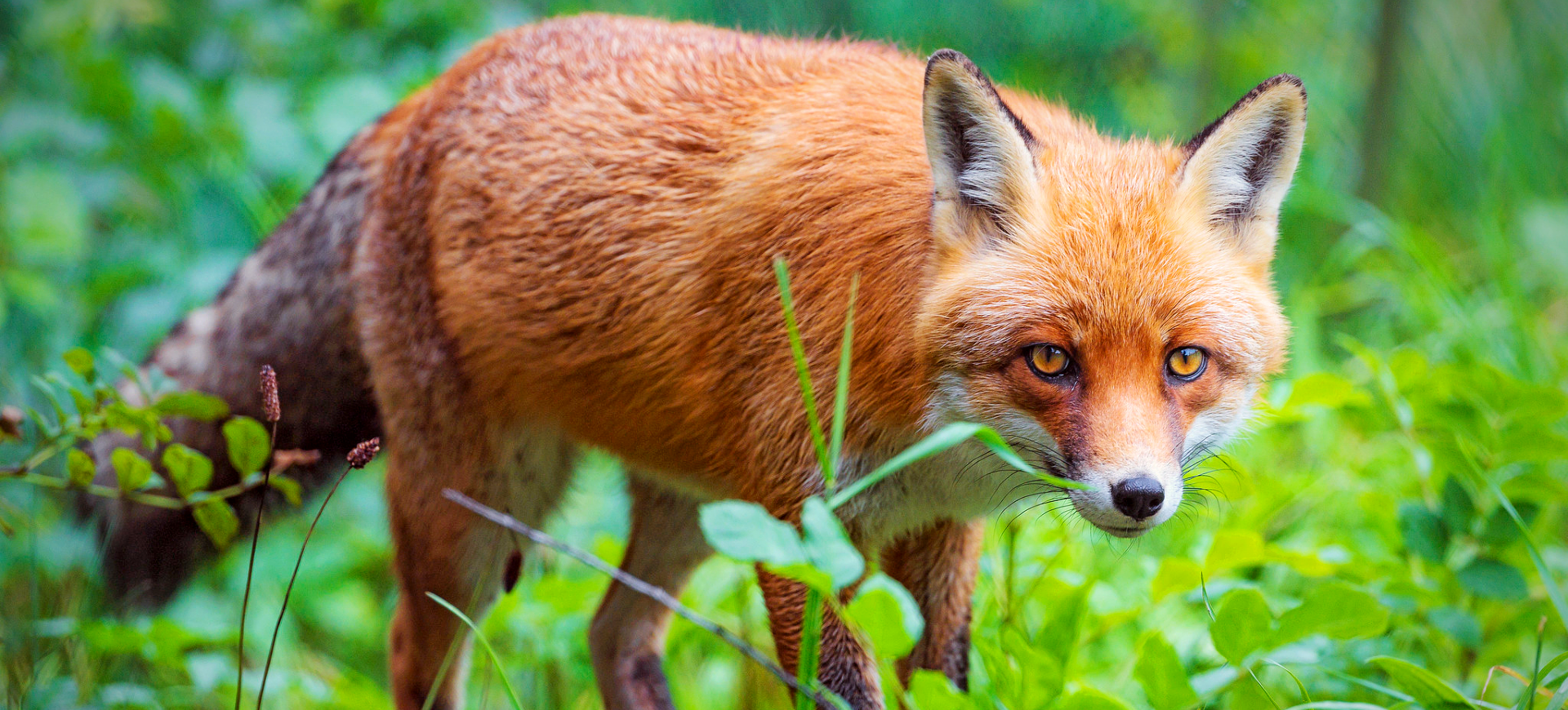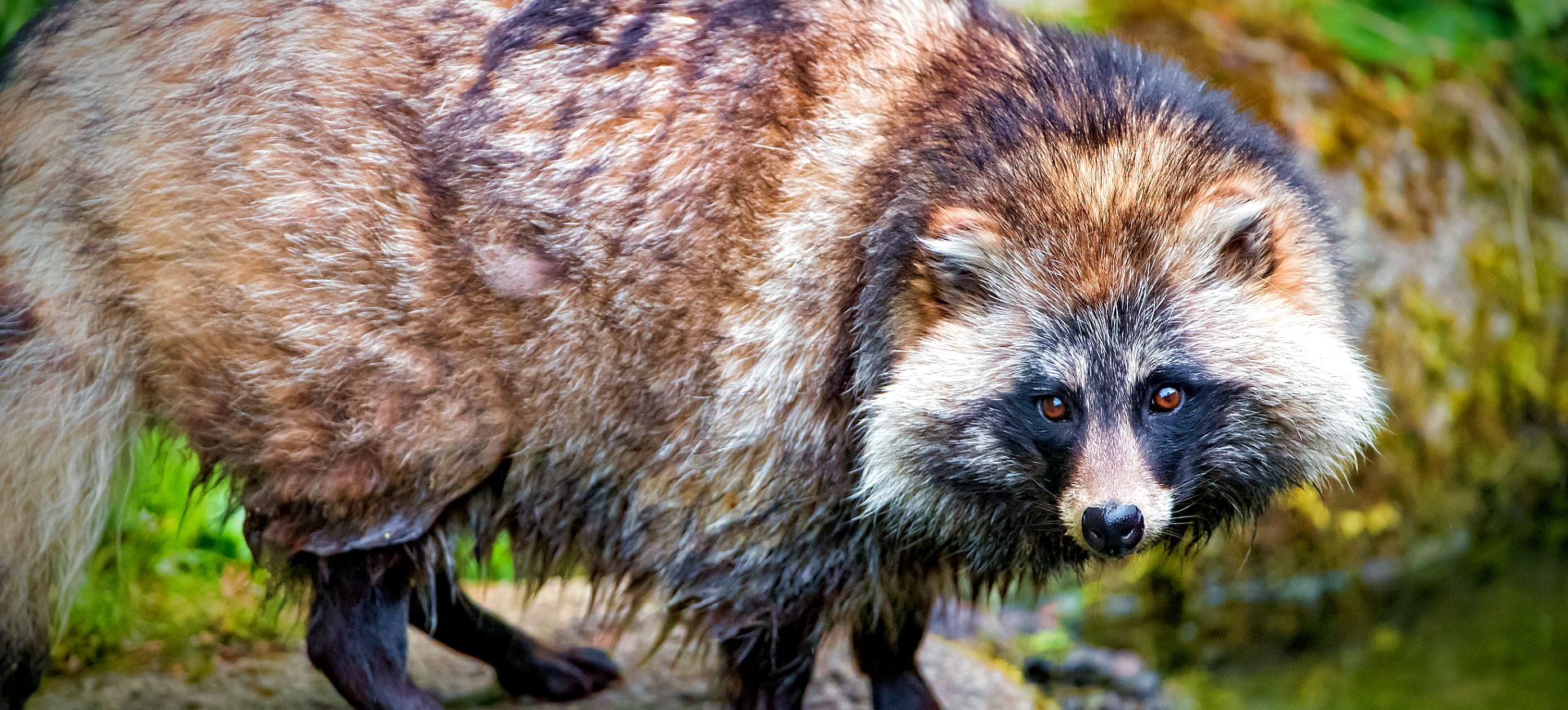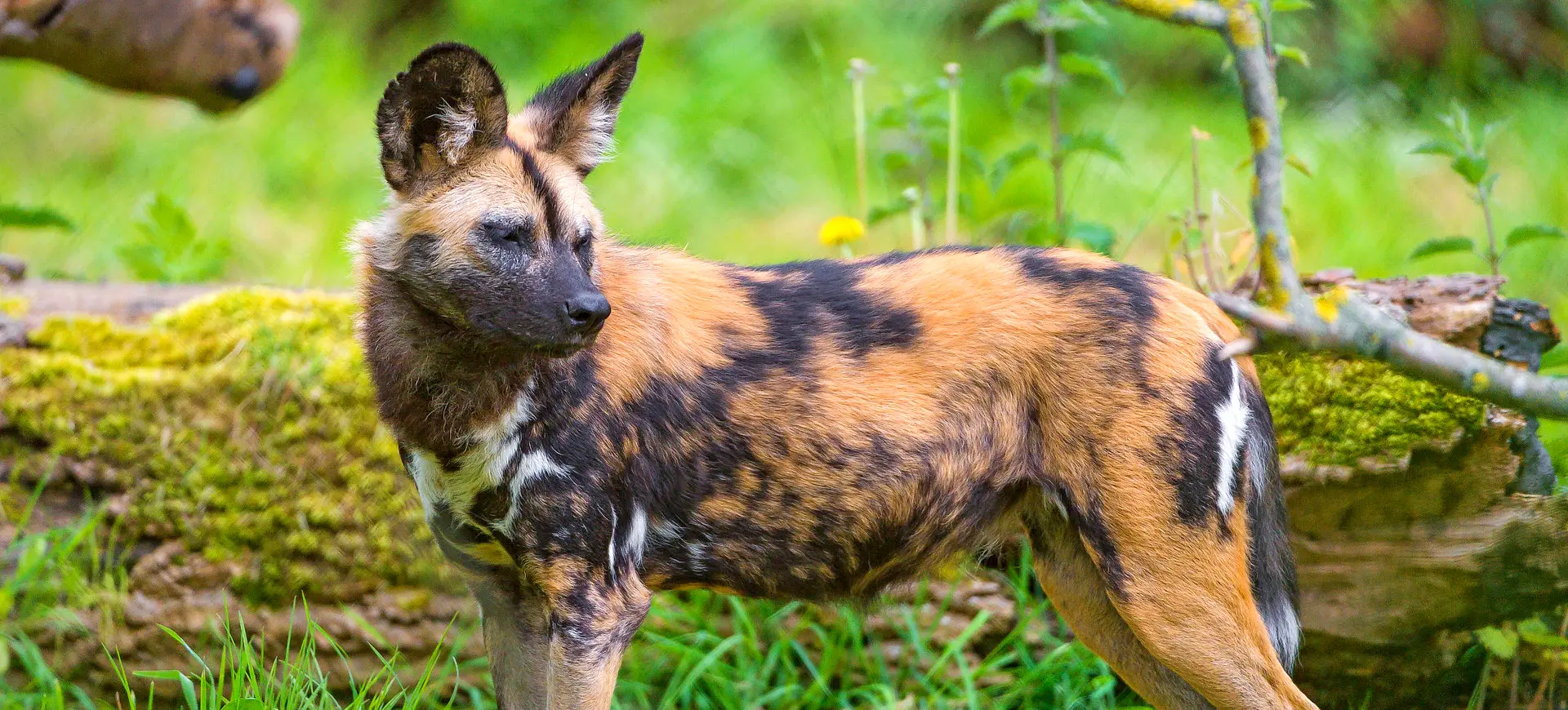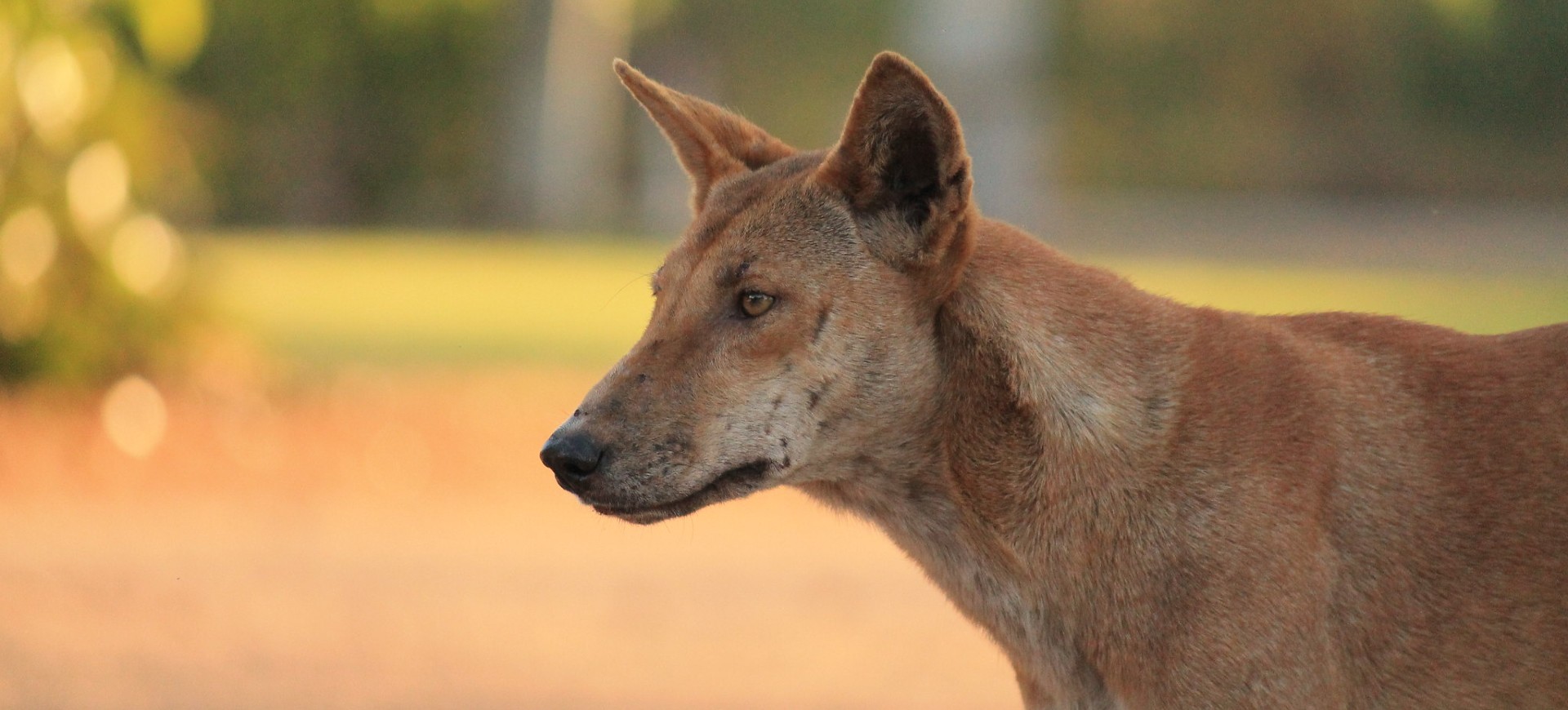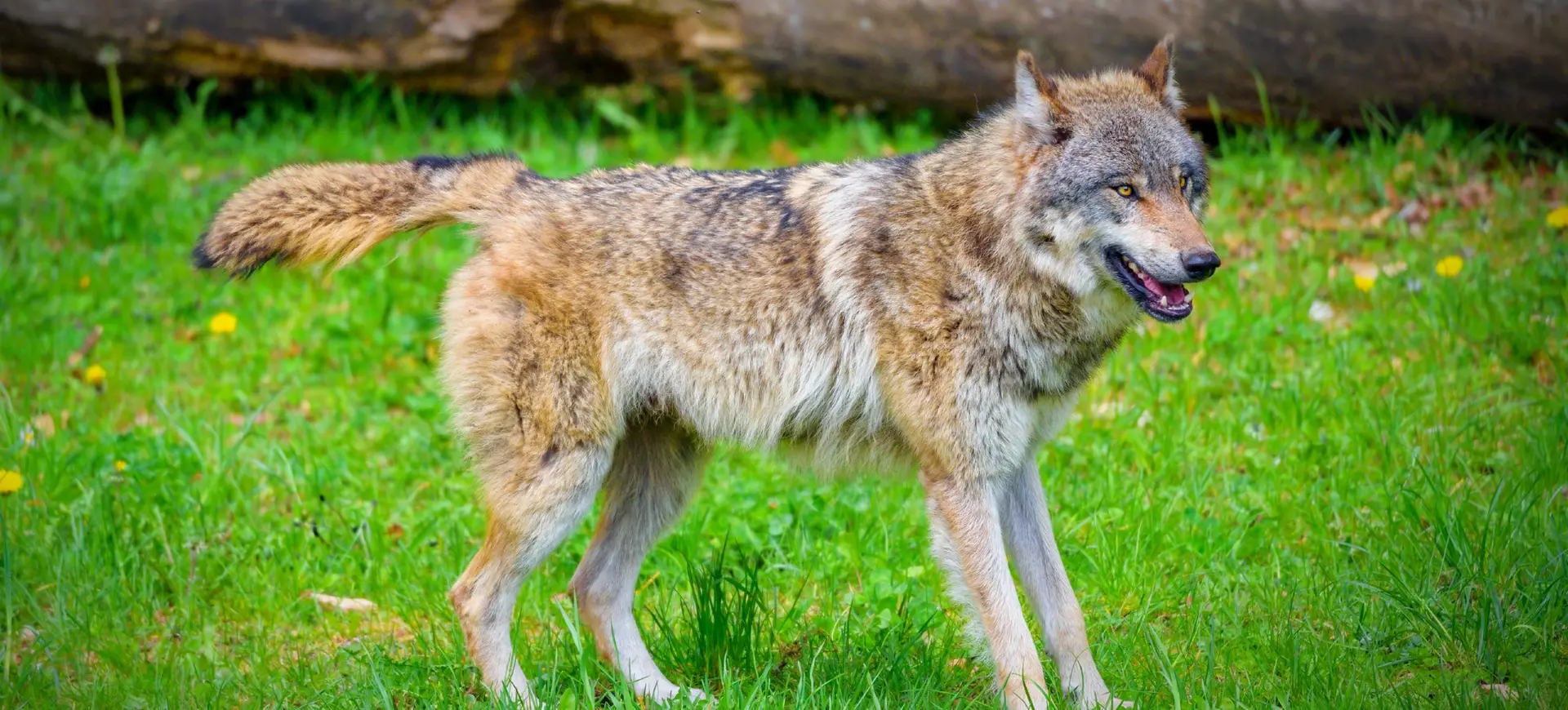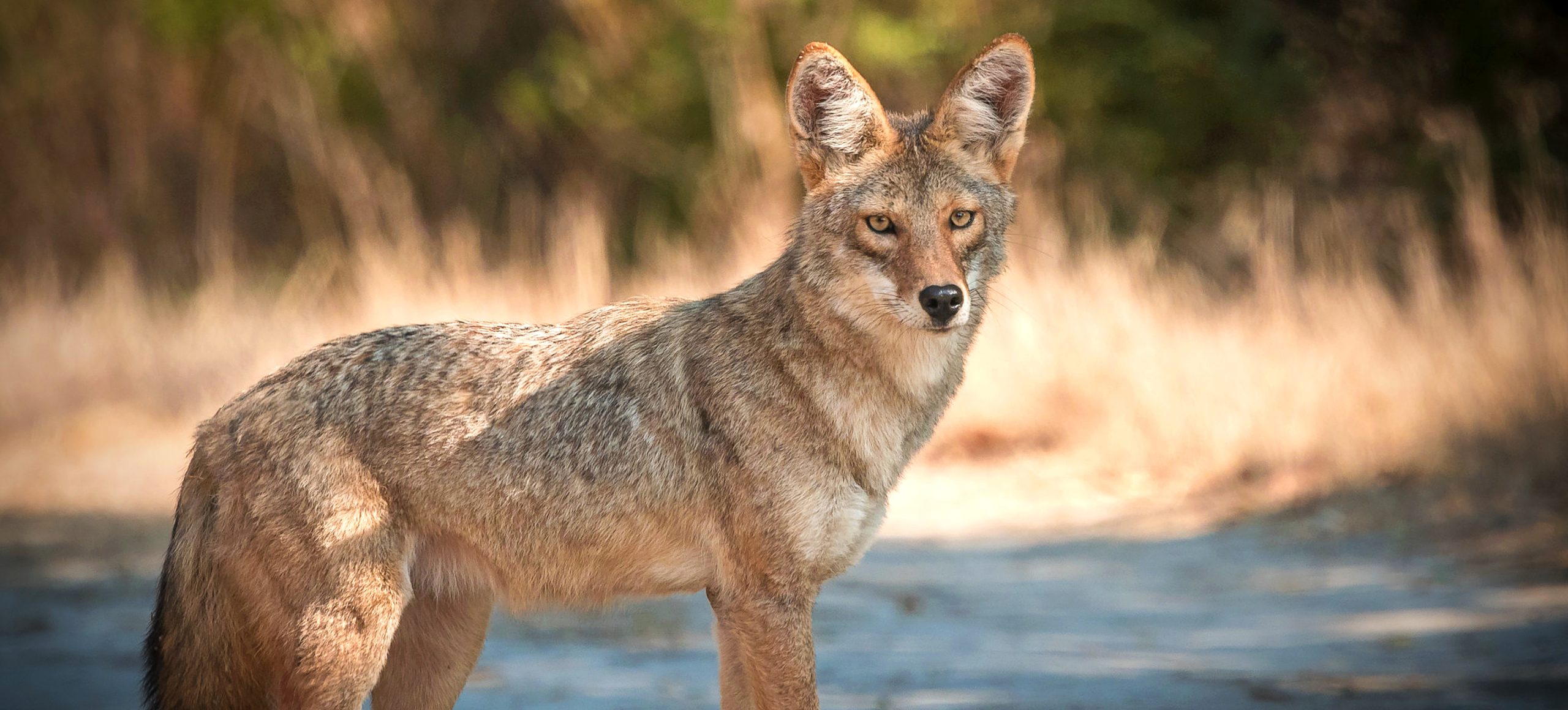Overview
The Arctic Fox, scientifically known as Vulpes lagopus, is a remarkable creature adapted to live in extreme cold conditions. It predominantly inhabits the icy realms of the Arctic, extending across Northern Europe, Asia, and North America. One of its most distinguishing features is its thick, dense fur, which can be white or blue-gray. The coat serves multiple functions: it provides effective insulation against the biting Arctic cold. Also, it offers camouflage, blending in seamlessly with the surrounding snow and ice in winter and the tundra’s earth tones in summer.
The fox’s rounded body shape is another evolutionary adaptation to conserve heat. By reducing the surface area exposed to the cold, the animal minimizes heat loss, a crucial factor for survival in its harsh environment. Alongside its body shape, the Arctic Fox has fur-covered paws, which provide additional insulation and offer better traction on slippery, icy surfaces. This adaptation is vital for hunting prey and evading predators in a snow and ice-covered landscape.
Moreover, the Arctic Fox’s coat undergoes seasonal changes to suit its environment. The fur is thick and white during winter, providing warmth and camouflage against the snow-covered landscape. As the seasons change and summer arrives, the fox sheds its thick winter coat for a thinner one that typically turns blue-gray or brownish. This color change allows the fox to continue camouflaging itself, but now against the brownish landscapes of the Arctic tundra. This remarkable adaptability ensures that the Arctic Fox is well-equipped to survive and thrive in one of the planet’s most challenging ecosystems.
Current distribution:
The Arctic Fox is found in the circumpolar Arctic regions, including parts of Canada, Alaska, Northern Europe, and Asia. Its range overlaps with that of the larger Red Fox, and in such areas, the Arctic Fox is usually pushed to less favorable habitats. Climate change poses a significant threat to its distribution, impacting the availability of its primary food source, the lemming.
Increasing temperatures have led to a reduction in sea ice, which is a critical habitat for the Arctic Fox. This has resulted in a northward movement of its range. Where it shares habitats with the Red Fox, the latter's range also expands northwards due to climate change, adding competitive pressure on the Arctic Fox.
Physical Description:
The Arctic Fox possesses a thick double coat that changes color with the seasons, offering effective camouflage. The winter coat is generally thick and white, covering the body, tail, legs, and even the bottoms of the paws. The summer coat is comparatively shorter and can be blue-gray or brownish, depending on the subspecies. It has a rounded body shape and a bushy tail, which helps minimize heat loss, and its short legs and snout also reduce exposure to cold air.
The animal’s eyes are usually dark, complementing its sharp senses, which are crucial for hunting in its challenging environment. Its ears are small and rounded, reducing surface area and heat loss. The paws are covered with fur, providing insulation and increased traction on icy and snowy surfaces.

Lifespan: Wild: ~6 Years || Captivity: ~14 Years

Weight: Male: 6.5–17 lbs (3–8 kg)||Female: 5.5–15 lbs (2.5–7 kg)

Length: Male: 18–27 in (46–68 cm)||Female: 17–25 in (43–64 cm)

Height: Male: 9–12 in (23–30 cm)||Female: 8–11 in (20–28 cm)

Top Speed: 30 mph (48 km/h)
Characteristic:
Native Habitat:
The Arctic Fox is indigenous to the Arctic regions, specifically in Northern Europe, Northern Asia, and North America. It is well-adapted to frigid conditions, and its natural habitat includes tundra, ice floes, and coastal areas. The fox builds complex burrow systems in the ground or snowbanks, which provide shelter from predators and harsh weather conditions.
The animal prefers flat or rolling terrains where it can easily dig burrows. The soil structure in its natural habitat tends to be sandy or rocky, facilitating easy digging. Coastal Arctic Foxes may also utilize cliffs and other rocky outcrops to establish their dens, taking advantage of these formations’ natural shelter.
Climate Zones:
Biomes:
WWF Biomes:
Biogeographical Realms:
Continents:
Diet:
Diet & Feeding Habits:
The Arctic Fox is predominantly carnivorous, focusing its diet on small mammals, primarily the lemming. When lemmings are scarce, the fox diversifies its diet to include birds, fish, and carrion. It employs various hunting techniques, often stalking its prey quietly before making a pouncing attack. In winter, it has been known to follow polar bears to feed on leftover kills.
Despite its predatory tendencies, the Arctic Fox also consumes some plant material. During the summer, it may consume berries and seaweed, which are abundant in its habitat. The fox caches excess food in caves or under rocks to consume later, a useful survival tactic during the harsh Arctic winters.
Mating Behavior:
Mating Description:
The Arctic Fox usually mates between February and June, depending on the geographical location. Males will actively search for a female mate and engage in behaviors such as nuzzling and vocalizations once found. Both sexes are monogamous during the breeding season, and the female usually gives birth to a large litter, ranging from 5 to 25 pups.
After successful mating, the gestation period lasts about 52 days. The female gives birth in a burrow, where the young are cared for by both parents. The male brings food to the mother and pups while they remain in the burrow for the first few weeks. As the pups grow, both parents feed and protect them until they are old enough to venture outside and hunt.
Reproduction Season:
Birth Type:
Pregnancy Duration:
Female Name:
Male Name:
Baby Name:
Social Structure Description:
The Arctic Fox is generally a solitary animal outside the breeding season. However, it can also exhibit social behaviors, especially when food is abundant. Multiple families may share a complex burrow system, and there is generally a hierarchical structure based on age and gender.
While monogamous during the breeding season, both males and females participate in raising their young. Older offspring from previous litters may also assist in taking care of the new pups. This level of social cooperation provides a survival advantage, particularly in the harsh conditions of their native habitats.
Groups:
Conservation Status:
Population Trend:
The Arctic Fox is currently listed as a species of Least Concern by the IUCN. It enjoys a wide distribution in the Arctic regions, although precise numbers are difficult to estimate due to its remote habitat. The population is considered stable, but there are concerns about the impact of climate change, which could lead to habitat loss and increased competition for food.
Some subspecies of the Arctic Fox, particularly those residing on specific islands, are more vulnerable than the general population. These isolated populations are more susceptible to changes in food availability and environmental conditions. Human activities like hunting and trapping have historically impacted these populations, but such practices have decreased in recent years.
Population Threats:
The Arctic Fox’s major threat is climate change, affecting its habitat and food sources. As the Arctic warms, the range of the Arctic Fox is increasingly infringed upon by the Red Fox, leading to resource competition. Additionally, sea ice changes affect food availability, as they rely on this environment for hunting.
Another threat comes from human activities such as hunting and trapping, although this has reduced in recent years. Pollution is also a concern; bioaccumulation of toxic substances through their diet can adversely affect their health. The isolated island populations are especially vulnerable to these threats due to their limited genetic diversity and ability to adapt to changes.
Conservation Efforts:
Conservation efforts for the Arctic Fox are primarily focused on habitat preservation and climate change mitigation. Some countries have implemented hunting restrictions to ensure that the population remains stable. Active monitoring programs are also in place to track population trends and health status.
Public awareness campaigns and educational programs aim to enlighten people about the importance of conserving this species. International cooperation is key in these efforts due to the wide distribution of the Arctic Fox. In some areas, there are attempts to control the Red Fox population to reduce the competitive pressure on the Arctic Fox. However, the effectiveness of such measures is still being studied.
Additional Resources:
Fun Facts
- Arctic Foxes have fur-covered soles to help them walk on ice.
- Their coat changes color with the seasons for camouflage.
- The Arctic Fox can survive temperatures as low as -58°F (-50°C).
- They have a keen sense of smell and hearing, useful for locating prey under the snow.
- Arctic Foxes can produce up to 25 pups in one litter, one of the largest litter sizes among mammals.
- They cache excess food in the ground, using it as a reserve during harsh conditions.
- The Arctic Fox’s tail, or “brush,” is a warm blanket in cold weather.
- They may curl into a tight ball without a burrow to conserve heat.
- They have been observed following polar bears to scavenge leftovers.
- Arctic Foxes can jump high in the air to pounce on prey buried in the snow.




